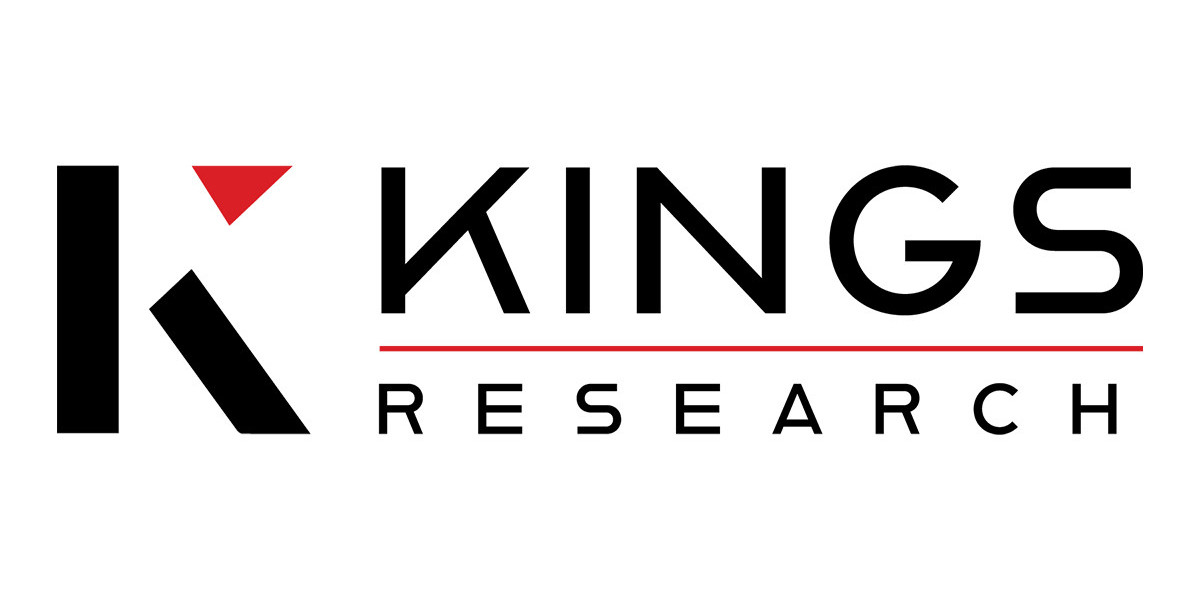The global process oil market was valued at USD 5.89 billion in 2023 and is expected to grow from USD 6.12 billion in 2024 to USD 8.47 billion by 2031, reflecting a CAGR of 4.76% during the forecast period. This growth is driven by increasing demand across industries such as automotive, rubber, and personal care, along with advancements in refining technologies and a shift toward sustainable alternatives.
The global process oil market is a critical component of numerous industrial applications, serving as a key ingredient in the production of rubber, plastics, textiles, and personal care products. As industries evolve and technological advancements emerge, the demand for process oils continues to grow, driven by factors such as increased industrialization, urbanization, and the pursuit of sustainable alternatives. This press release provides an in-depth analysis of the process oil market, exploring its growth trajectory, prevailing trends, demand dynamics, segmentation, key players, and regional growth patterns.
Market Growth
This growth is primarily attributed to the rising demand across various industries, including automotive, textiles, and personal care, where process oils play a pivotal role in enhancing product performance and manufacturing efficiency.
Market Trends
Several key trends are shaping the trajectory of the process oil market:
- Technological Advancements: The development of high-performance process oils with improved thermal stability, lubricating properties, and reduced environmental impact is gaining momentum. Innovations in refining technologies, such as hydrocracking and hydrotreating, have enabled the production of high-quality process oils with minimal impurities, catering to the evolving needs of industries.
- Shift Towards Sustainable Alternatives: Environmental concerns and stringent regulations have prompted a transition towards bio-based and renewable process oils. Derived from sources like vegetable oils and animal fats, these sustainable alternatives offer comparable performance to traditional mineral oils while being biodegradable and less harmful to the environment.
- Regulatory Compliance: Global regulations, such as the European Union's REACH legislation, are influencing the market by limiting the use of high aromatic oils due to environmental concerns. This has led to increased demand for safer paraffinic and naphthenic process oils, aligning with the industry's focus on eco-friendly solutions.
Unlock Key Growth Opportunities: https://www.kingsresearch.com/process-oil-market-1534
Key Companies in Process Oil Market:
- Chevron Corporation
- Panama Petrochem Ltd.
- Shell Plc
- Apar Industries Ltd.
- Eagle Petrochem
- Orgchim Biochemical Holding
- Gandhar Oil Refinery Ltd.
- TotalEnergies
- HollyFrontier Refining & Marketing LLC
- Behran Oil Company
- ExxonMobil Corporation
- Nynas AB
- Repsol S.A
- Sinopec Limited
- Indian Oil Corporation Limited
Demand Dynamics
The demand for process oils is influenced by various factors across different industries:
- Automotive Industry: The expansion of the automotive sector, particularly in emerging economies, has significantly increased the demand for process oils used in tire and rubber manufacturing. As vehicle production rises, the need for high-performance tires and rubber components escalates, directly impacting the consumption of process oils.
- Personal Care Products: Growing awareness of hygiene and skincare has led to increased consumption of personal care products, where process oils are utilized for their emollient and solvent properties. The colorless, odor-free, and ultra-stable characteristics of process oils make them ideal for cosmetics, enhancing solubility and oxidation stability.
- Textile Industry: In the textile sector, process oils are employed in fabric preparation and machine lubrication. The expansion of textile manufacturing, driven by fashion trends and population growth, has consequently boosted the demand for process oils.
Market Segmentation
The process oil market can be segmented based on type, function, technology, and application:
- By Type:
- Naphthenic: Known for their solvency and stability, naphthenic oils are widely used in the rubber and tire industries, as well as in personal care products.
- Paraffinic: Characterized by their high viscosity and oxidation stability, paraffinic oils are utilized in applications requiring thermal stability.
- Aromatic: These oils are primarily used in applications where high solvency power is required.
- Non-carcinogenic: Developed to meet stringent health and safety regulations, these oils are gaining popularity across various applications.
- By Function:
- Extender Oil: Enhances the physical properties of rubber and plastic products, improving durability and processing efficiency.
- Plasticizer: Increases the flexibility and workability of materials, particularly in polymer applications.
- Solvent: Used to dissolve other substances in industrial processes.
- Defoamer: Prevents or reduces foam formation in industrial processes.
- By Technology:
- Conventional Route: Involves the distillation and refining of crude oil to produce process oils.
- Gas to Liquid (GTL): Converts natural gas into high-quality liquid fuels and process oils.
- Bio-based: Utilizes renewable biological sources to produce environmentally friendly process oils.
- By Application:
- Tire & Rubber: Dominates the market due to the extensive use of process oils in tire manufacturing and rubber processing.
- Polymer: Utilized to enhance the properties of polymers, including flexibility and durability.
- Personal Care: Employed in cosmetics and skincare products for their emollient and solvent properties.
- Textile: Used in fabric processing and machinery lubrication within the textile industry.
Regional Analysis and Growth
The Asia-Pacific region holds a dominant position in the process oil market, accounting for the largest share of global consumption. Rapid industrialization, increasing vehicle production, and the expansion of the rubber and tire industries in countries such as China, India, and Japan are key drivers of growth in this region. Governments are also encouraging domestic manufacturing and infrastructure development, further fueling demand for process oils.
North America and Europe are also significant markets, driven by the presence of established automotive, polymer, and personal care industries. Stringent environmental regulations in these regions have accelerated the shift toward sustainable and non-carcinogenic process oils. The United States and Germany, in particular, have shown a strong inclination toward bio-based and GTL-derived process oils.
The Middle East and Africa, along with Latin America, are emerging markets with growing demand for process oils. The increasing focus on industrial expansion and infrastructure projects in countries such as Brazil, Saudi Arabia, and South Africa is expected to drive market growth. However, fluctuating crude oil prices and regulatory challenges could impact the market's development in these regions.
Conclusion
The global process oil market is poised for steady growth, driven by technological advancements, regulatory shifts, and increasing industrial applications. With sustainability becoming a key focus, manufacturers are investing in bio-based and environmentally friendly alternatives to meet evolving consumer and regulatory demands. The Asia-Pacific region remains the dominant market, while North America and Europe continue to lead in sustainable innovations. As key players enhance their production capacities and explore new applications, the process oil market is expected to witness continued expansion in the years to come.







